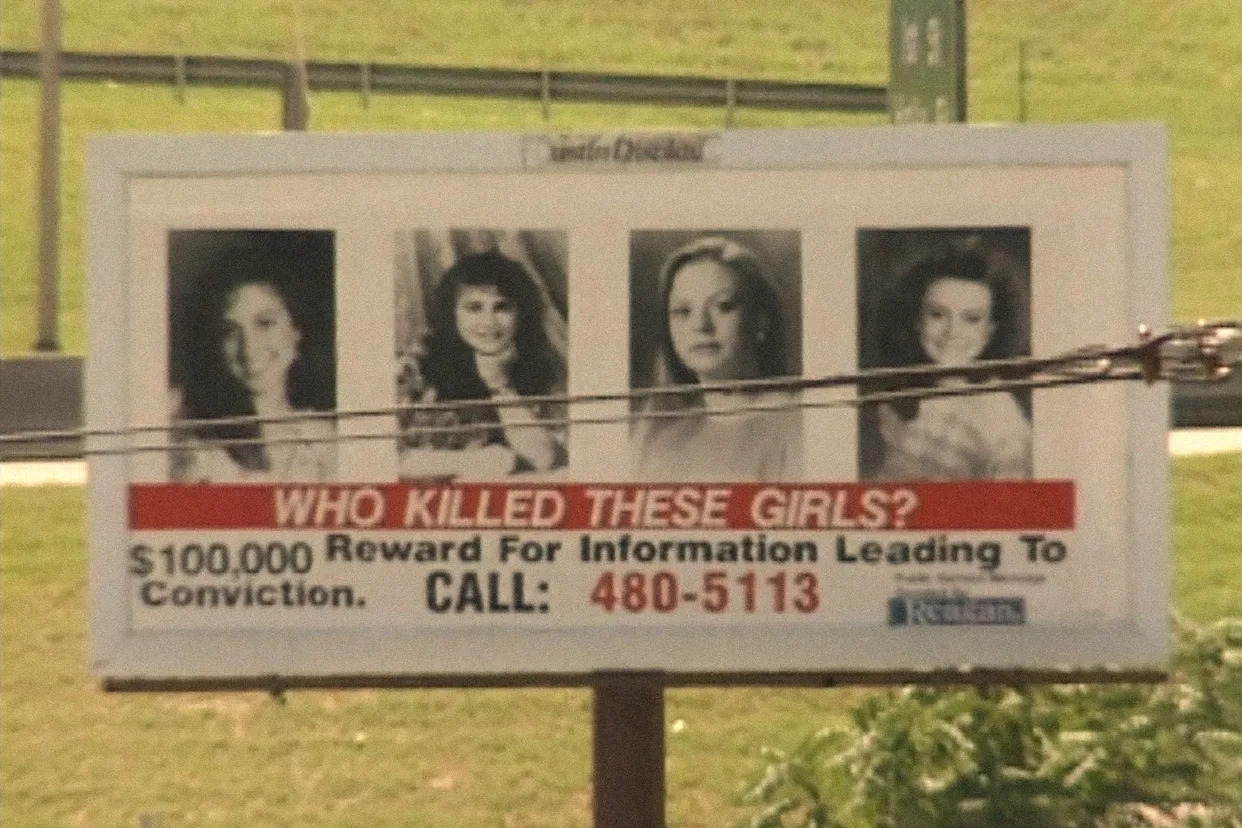
Although there’s no term that could encompass the horror of what happened in the back room of a strip-mall store in Austin, Texas, on Dec. 6, 1991, “the yogurt shop murders” has always seemed almost absurdly inadequate to the task. There was no reason for 17-year-old Jennifer Harbison and Eliza Thomas to believe anything would go wrong that night as they closed down the I Can’t Believe It’s Yogurt! where they both worked, or when Jennifer’s 15-year-old sister Sarah and her 13-year-old friend Amy Ayers stopped by to wait for a ride home. But the four teenage girls would be bound and gagged, sexually assaulted (in at least one case), and shot in the back of the head, their bodies left to burn when the building was set on fire. I don’t think anyone who has heard the details of their deaths has ever forgotten them, or been able to suppress a chill when something brings them to mind.
The contrast between the crime’s brutality and the banality of its location makes it even harder to comprehend. As a student in Margaret Brown’s four-part series The Yogurt Shop Murders, which begins airing on HBO on Sunday night, puts it in a contemporary TV interview, “It just doesn’t happen in a yogurt place.” In 1991, Austin didn’t seem like the kind of place where it would happen, either. At the time, says Austin filmmaker Claire Huie in Brown’s documentary, the murders seemed like “a big-city crime” in a city that still felt small, and it had a lasting effect on the way Austin thought of itself.
Brown’s series aims to take stock of that change, the way an act that likely took less than an hour sent out shockwaves that are still reverberating decades later. What interests her, we hear Brown explain from behind the camera, is “the trauma that surrounds this case,” and while she spends a good amount of time with the surviving family members of the victims, her concern doesn’t stop with them. She wants to know what happens to a community when a profoundly unsettling crime goes unsolved for more than 30 years, and what good can come of keeping its memory alive.
While HBO turns out plenty of unreflective true crime, it’s also home to a provocative subset of documentary series that turn their investigation toward the genre itself. Like Nanfu Wang’s Mind Over Murder, Brown’s series is less preoccupied with cracking a long-unsolved case than it is with gently probing the wounds that have never been allowed to heal, and what happens when the overwhelming desire for closure overshadows the likelihood of a definitive solution.
We prefer our stories with endings, even if we have to invent them. Hector Polanco, who in 1991 was a homicide detective in Austin, was a legend who, as a contemporary news report put it, “never had a murder case go unsolved.” But even the fellow detectives assigned to the yogurt-shop case knew his record was too good to be true, including confessions that were coerced and, in some cases, even fabricated. The fire set by the killer (or killers), and the water used to extinguish it, had all but obliterated whatever physical evidence might have remained at the crime scene. By the time the shop’s 24-year-old manager was brought in to name the victims, she says in one particularly grim piece of file footage, “there was nothing to identify.” With no real leads to go on, the police cast a suspicious eye on a group of teenage miscreants who hung out and drank by a nearby creek, especially after one of them was caught carrying a gun that matched the caliber of the murder weapon. But by the time the police arrested the four boys, a ballistics report had already concluded that the gun had not been used in the crime.
Nonetheless, the police pressed for confessions, and they got them. But the story only gets more complicated from there. Huie, who both appears as an onscreen interview subject and shared her previously unseen footage with Brown, was working on a documentary about false confessions, focused on the suspects who were jailed and then later released after a court concluded that their Sixth Amendment right to confront their accusers had been violated. But Huie admits that she could never get her head around the movie she wanted to make, and as a relatively inexperienced filmmaker, she stumbled through the process in ways that now make her cringe. She calls up footage of her 2009 interview with Barbara Ayres-Wilson, the mother of two of the yogurt-shop victims, but can’t bring herself to watch it until Brown urges her to press play. And as Huie balances a toddler on her lap, we hear her younger self begin the interview by asking, “Can we start by your telling us how your daughters were murdered?”
Huie comes off as a well-meaning person who was out of her depth, but there’s something more than a little callous in prompting a grieving mother to relive for the cameras a parent’s worst nightmare—or worse, to imagine what her daughters must have gone through in their final moments, knowing that she may well never know what really happened. Brown—whose other documentaries include The Great Invisible, about the Deepwater Horizon oil spill, and Descendant, about an Alabama community founded by the last enslaved people brought to the United States by ship—is never so clumsy in her approach. But she doesn’t attempt to camouflage the fraught ethics of making true crime, and the need to be extraordinarily clear about the story she wants to tell.
That story turns out to center not on the victims or the unknown perpetrators, but the people who are left to make sense of what happened. That includes homicide detective John Jones, the lead investigator on the case, who retired after discovering that working 153 murder cases had given him post-traumatic stress disorder. (Jones worked to keep Hector Polanco as far away from the yogurt-shop investigation as possible, and says that the suspect charged as the ringleader of the killings “couldn’t organize a two-car parade”.) It includes Amy Ayers’ father Bob, who laments that bringing the case to trial still doesn’t result in justice, because “all you get is the law.”
The Yogurt Shop Murders’ story also includes Eliza Thomas’ younger sister, Sonora, who now works as a psychotherapist helping others process their own trauma. Over the years, she says, as interest in the murders continued to thrive, she both was both disgusted by the public’s ongoing fascination and in “awe” of their continued investment in pressing for a solution. Brown includes footage from a 2022 episode of 48 Hours focused on the crimes, but where many documentarians would use that opportunity to demonstrate their superiority to TV news, she finds, in the show’s Erin Moriarty, a journalist who has stuck with the story over years and not stooped to sensationalism. So while there’s a distinction between reflection and exploitation, it’s not as simple as judging by the logos up front or the pause for commercial breaks.
In what Sonora Thomas calls “this strange genre” of crime shows, there’s fodder for morbid curiosity, but also, at least in some cases, room for victims to “tell a story than no one wants to hear.” That story isn’t just about justice or closure, but what it’s like for the families of the victims to go to bed after the worst night of their lives, “and the next night and the next night and the next night.” That’s the story Margaret Brown wants to tell with The Yogurt Shop Murders, one that it takes four hours and 30-plus years of footage to encompass—how the shock of a violent crime lingers and spreads, and does damage in places we might not even think to look.

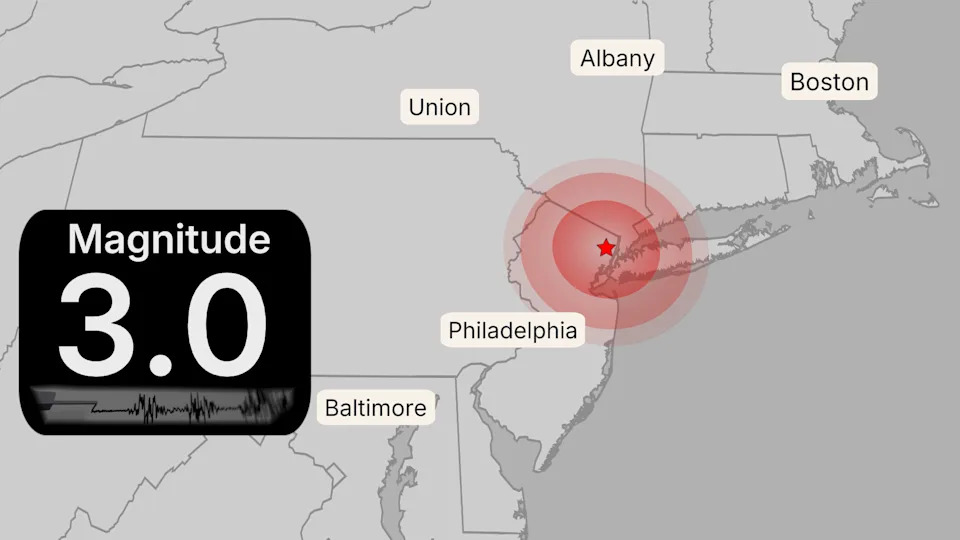
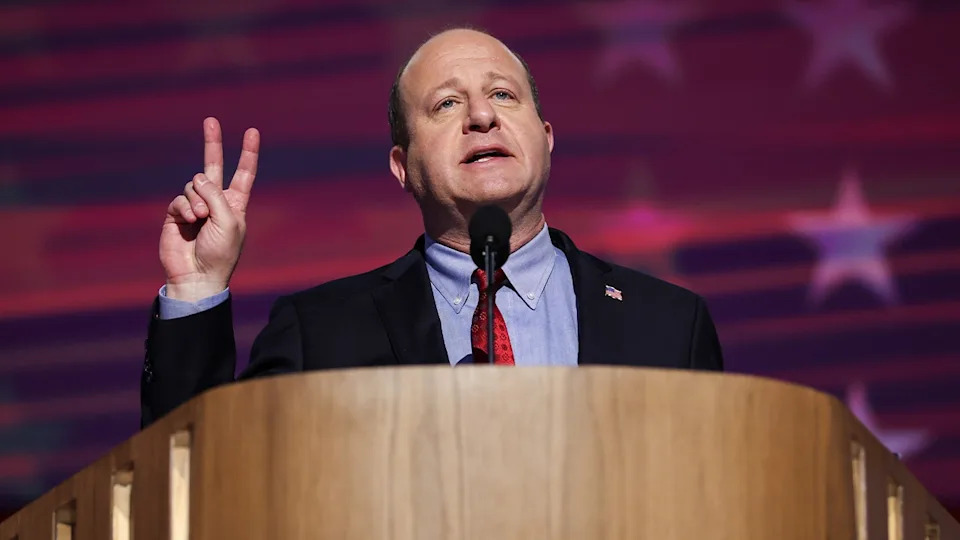


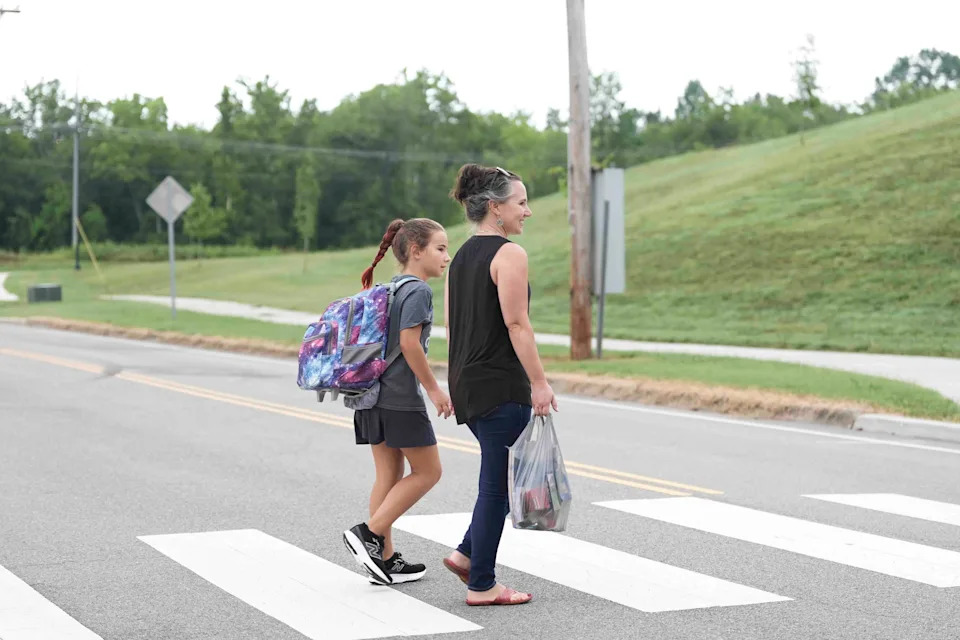
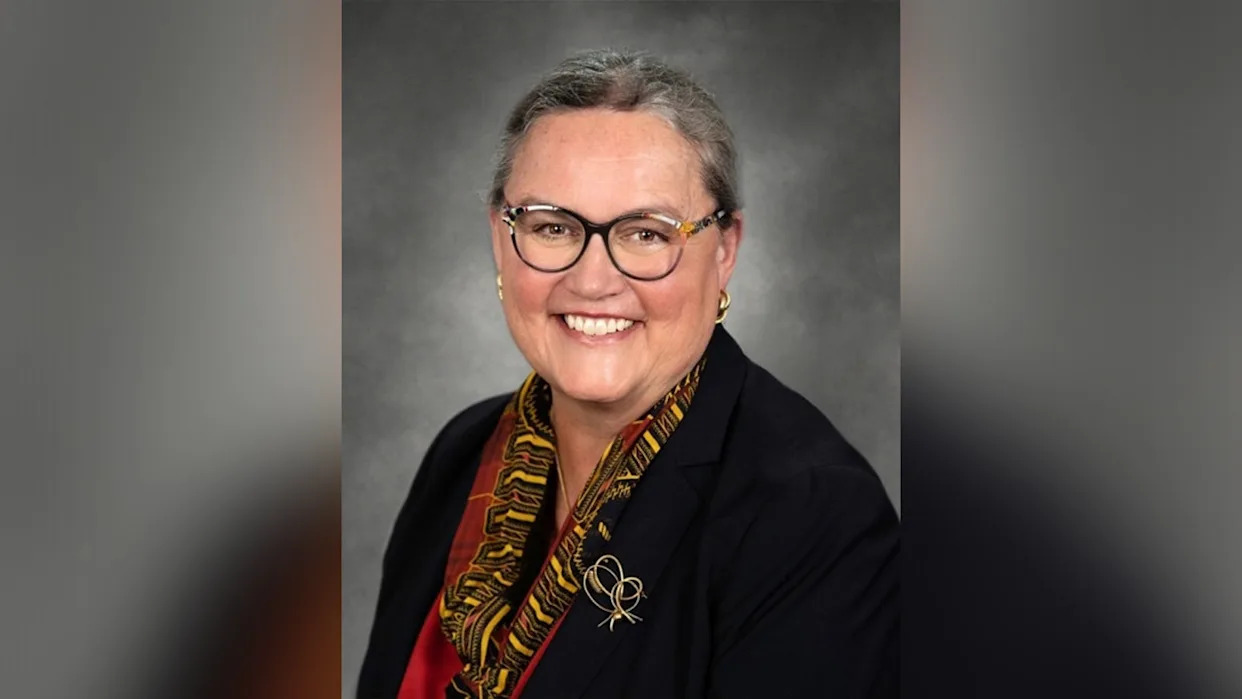
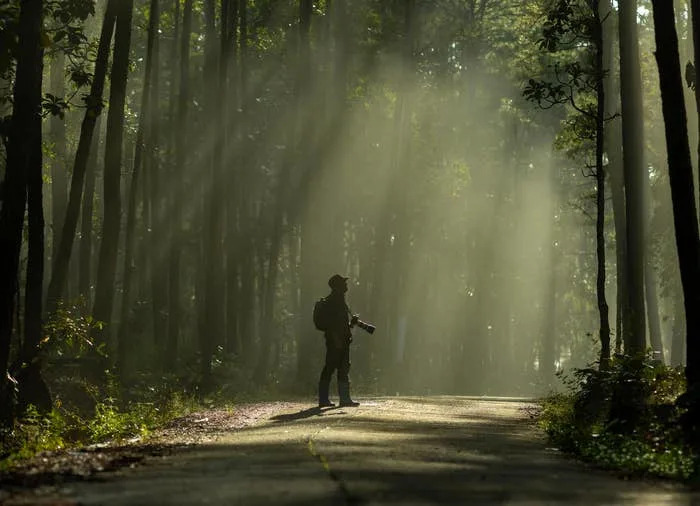
Comments